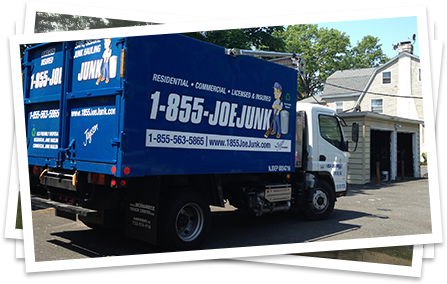Recycling is a pretty simple concept. Take something old and turn it into something new. It may seem like a relatively new idea but, in reality, some form of household recycling has been around for decades. It became more mainstream in the 1960's and 70's with the environmental movement. Even then, the focus was primarily on paper and aluminum.
Today, newspapers turn into egg cartons, building insulation, construction paper, countertops, kitty litter, paper plates, new newspaper and more. Notepaper and computer paper turn into paper towels, napkins, toilet paper, facial tissue, and new notepaper and computer paper. Tin cans turn into bike parts, car parts, steel beams, rebar, appliances and new cans. Glass bottles and jars become fiberglass, new bottles and new jars. And recycled plastic is made into things like playsets, plastic lumber, backpacks, polar fleece, carpet, clothing insulation, containers, stadium seats and more. Tires turn into turf and mulch, and the list goes on.
Not only does recycling help keep unwanted items out of the landfill, it (usually) helps us use less of our natural resources. Yes, manufacturing plastic can be very expensive, but when compared to the energy needed along the whole production chain- from mining iron ore and forging new steel, recycling tends to win the debate overall.
So, what really happens after I put my recycling out on the curb?
If you're in a recycling community, your recycling is collected in one of two ways. Either you take it to the curb pre-sorted, or you put all of your recycling into a mixed container and it's sorted at the recycling center. Once sorted, your recycling becomes a hot commodity.
But a lot goes on between sorting and selling. Here's what happens at the recycling center:
The recycling is dumped onto a conveyor, where it starts with inspection. If there is too much dirt, moisture, or contaminants, the recycler can't process it and it gets rejected. (Note: Remove the food particles before you recycle!) Then, the recycling may or may not get washed before getting sorted by material type. Materials are sorted either by hand, machine or flotation tank. Next, the material is either shredded or ground and weighed again. Since the recycler is not typically the end user, the materials are marketed and sold to another facility that will process it as a raw material.
What About TV's Appliances, Electronics and Other Big Stuff?
While Joe Junk can't help you with your curbside recycling, we can help you get rid of all the other stuff you don't need, don't use, or just plain doesn't work. Our team is really strong and our trucks are really big. We'll gladly take anything you want to get rid of (except mother-in-laws, stray animals, and hazardous materials). And, we promise to do our best to find a good home for anything that can be reused, and safely, properly dispose of the rest. If you're moving, cleaning, or tired of "collecting", call Joe Junk at 855-563-5865 and reclaim your space!


